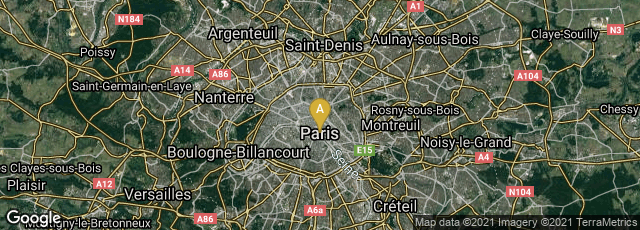According to the Wikipedia, "
The Exposition Universelle of 1900, better known in English as the 1900 Paris Exposition, was a
world's fair held in Paris, France, from 14 April to 12 November 1900, to celebrate the achievements of the past century and to accelerate development into the next. The fair, visited by nearly 50 million, displayed many technological innovations, including the
Grande Roue de Paris Ferris wheel, the moving sidewalk,
diesel engines,
talking films,
escalators, and the
telegraphone (the first magnetic audio recorder). It also brought international attention to the
Art Nouveau style. Additionally, it showcased France as a major
colonial power through numerous pavilions built on the hill of the Trocadero Palace. Major structures remaining from the Exposition include the
Grand Palais, the
Petit Palais, the
Pont Alexandre III, the
Gare d'Orsay railroad station (now the
Musée d'Orsay) and two original entrances of
Paris Métro stations by
Hector Guimard."
From the standpoint of HistoryofInformation's coverage of the history of media, the portion of the Catalogue of the Exposition known as Groupe II, Classes 7 à 10, printed by Lemercier in Paris and L. Daniel in Lille, was distinctive in its devotion of about 30 pages to an unusually comprehensive and extensively illustrated "infomercial" to the Imprimeries Lemercier. The Catalogue was considered "preliminary," was was unpaginated throughout, suggesting that it was assembled quickly and would be revised later. Whether the whole section on Lemercier's huge printing operation was included in the final version I did not know when I wrote this entry in February 2021.
A feature of Lemercier's infomercial about its operation was the emphasis on powering their printing machines by electricity. At the end of the article they illustrated a very large steam engine that apparently could generate enough power to run most of their printing machines and also light their factory. Electricity was, of course, the "cutting edge" of innovation, and was featured extensively at the 1900 Exposition before the power grid had been built out enough in Paris to supply power to Lemercier's plant from the public utility. The Lemercier firm specialized in lithography. Notably also, besides the newer methods of image reproduction, Lemercier was still printing lithographs from stones, and they illustrated their extensive stone storage facility.

